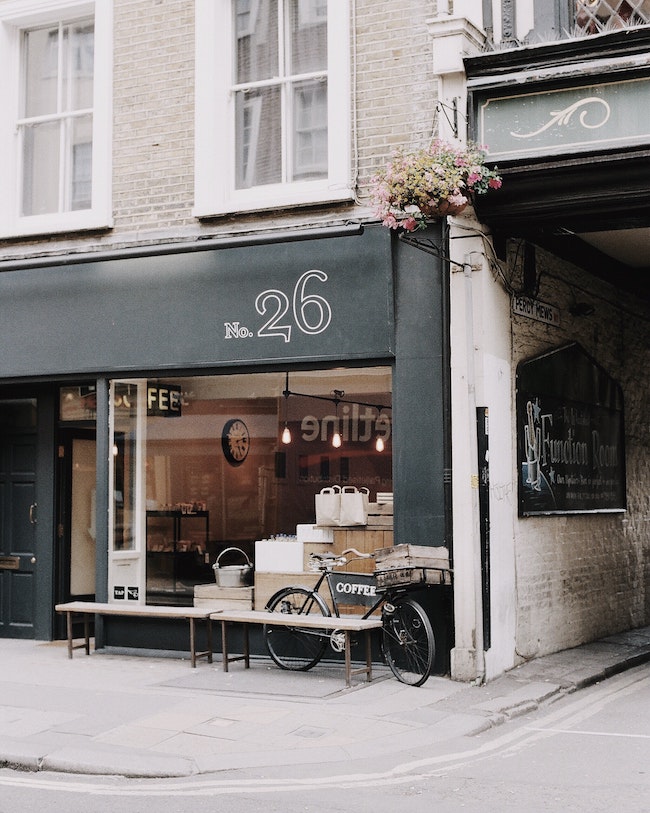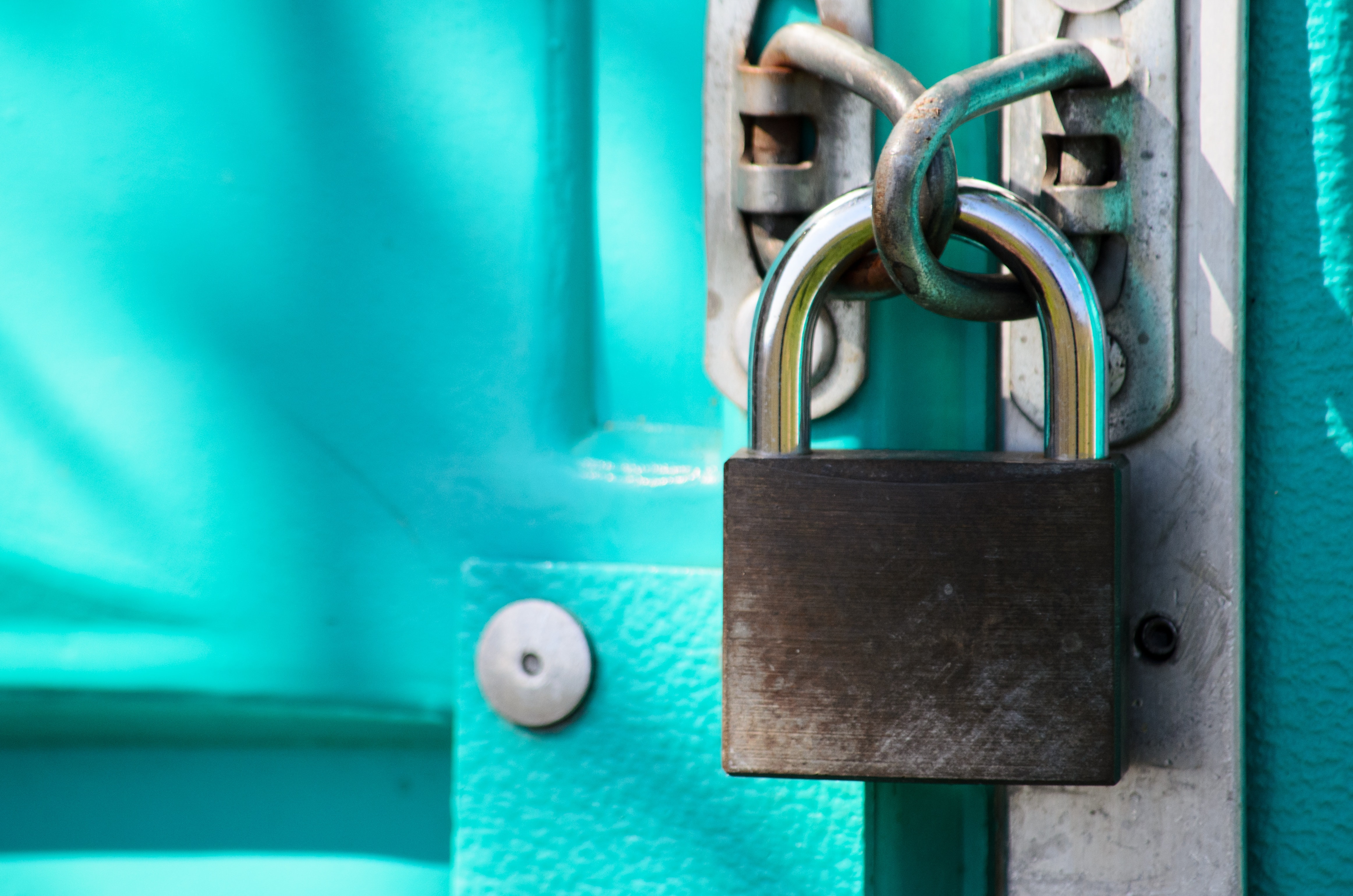Four Tips and Tricks for Complete Store Security
Link Copied

Four Tips and Tricks for Complete Store Security
Of all the types of security in the world, perhaps none is more difficult to manage than retail security. It is not necessarily because the tools are not available, or that the services are not effective, but because of the many ways an owner of a business can lose revenue. Shoplifting, employee theft, and improper bookkeeping can all share a part in eroding your bottom line. We know how difficult it can be to run a small business, and we applaud you on your hardwork and courage. Not only do you have to keep up with all the big name brands, you constantly have to be ahead of the curve and think about new ways to innovate and save on operating costs at the same time. Worse, burglary and violent theft is an all too real possibility, and keeping you and your employees safe is just as important as protecting your business's survival. Knowing the tips and tricks of store security is especially important, considering the low amount of overhead inherent in today’s marketplace. Knowing the difficulty of running a retail business, what are some of the best ways to ensure your store is secure both day and night? Here are some ideas on how you can protect yourself, your employees, and your merchandise.

1. A Retail Security System
Whether you own a convenience store or a jewelry store, one of the most basic forms of security is to install a retail security system. Store security systems are a must-have if you own any kind of retail business. This includes:
- Surveillance cameras. Placed in strategic locations in and around your store (including entrances and exits, your security room, and your counting room), a security camera will help you identify anyone who attempts to steal from or harm your place of business, whether they are violent or shoplifting. Security cameras can also serve as a deterrent to your retail store, should any criminal see that your store is equipped with them. Any smart burglar or thief would know to avoid your store if it is under good surveillance. Every security camera should be hooked to a central monitor for ease of access should law enforcement require evidence. They may request it even if the crime did not happen on your property, but the cameras caught sight of the crime off-site.
- Security shutters for your retail store. When your store is closed for the day, security shutters can act as your best defense against anyone who would forcibly try to gain entrance from the front. Shutters are excellent at protecting not only your entrance, but your glass window displays as well. Anyone with a brick can break a glass window, but security shutters with aluminum or steel reinforcement can take several bricks and much more.

- An auto-locking backdoor. If your property does not already have this type of backdoor, then you should seriously think of installing one. An auto-locking backdoor is exactly what it sounds like. This ensures that no one follows your employees back into the store should they exit for a short time or exit through the back after hours. Just be sure to instruct your employees to never prop the door open, especially during business hours; they could put themselves and their co-worker’s lives in jeopardy.
- Motion sensor lights for both the interior and exterior. These security devices serve a simple purpose: illuminating anyone who approaches or enters your store when they shouldn’t. These lights, combined with a camera system, will do wonders to serve as a deterrent to even the most daring burglar. Should that deterrent fail, of course, the lights will help identify the intruder.
- Panic buttons for life-threatening situations. When an employee is thrust into a dangerous position by some intruder wielding a weapon, he or she can press a panic button beneath their checkout stand or other location to automatically alert police of the terrifying situation without alerting the intruder. After all, if held at gunpoint, you won’t be calling the police on your own. Connected directly to dispatchers, cops will be there immediately to assist.
- Motion sensor lights for both the interior and exterior. These security devices serve a simple purpose: illuminating anyone who approaches or enters your store when they shouldn’t. These lights, combined with a camera system, will do wonders to serve as a deterrent to even the most daring burglar. Should that deterrent fail, of course, the lights will help identify the intruder.
- Panic buttons for life-threatening situations. When an employee is thrust into a dangerous position by some intruder wielding a weapon, he or she can press a panic button beneath their checkout stand or other location to automatically alert police of the terrifying situation without alerting the intruder. After all, if held at gunpoint, you won’t be calling the police on your own. Connected directly to dispatchers, cops will be there immediately to assist.

2. Loss Prevention
You may be familiar with this invaluable division within a company’s workforce before: you might recognize someone in loss prevention as a store security guard of sorts. Loss prevention employees have a few objectives. First is to patrol a store discreetly, most of the time in plain street clothes, to search for signs of shoplifting and theft. Some stand at the front of the store to do the same. While they are not law enforcement, they can help safely detain shoplifters and help identify anyone who becomes violent. They can also pose as customers themselves to test employees on their abilities to prevent crime (such as checking for ID when purchasing alcohol). A real security guard from a local law enforcement agency can be hired for locations with higher crime rates or to protect a store that sells high-value merchandise.

3. Proper Closing Procedures
A very important aspect of store security is how you close up shop at the end of the day. Whether it is you or your employees, one mistake can cause a serious event to occur. Indeed, even repeated mistakes can be exploited by someone who is familiar with your system. Some basic procedures of closing time include:
- Ensure your store is actually empty. This may be humorous in some cases, but some thieves try to evade notice to have complete access to a store for even a short amount of time after all employees leave for the night. After all, there’s no point in a security system if your burglar is already in the building!
- Close and countdown all registers. No till should remain inside a cash register overnight, and should be counted once the store is closed. This includes never telling the cashier who managed the till the exact amount they made through the day. This ensures that if the cashier is liable for missing funds, they must explain why and sign paperwork saying that they acknowledge them. The retail tradition dictates that if a till is over or under a dollar, the cashier can be given the benefit of the doubt. This can be adjusted to match the overhead or past experience of your store. Some businesses have even set the amount at ten cents.
- If you have seen any amount of shoplifting overnight for any reason, it may be wise for managers to perform a bag or coat check of all employees before they leave the store. In fact, even managers should be checked in view of the cameras if applicable. This should not be done out of paranoia, but out of a respect where you and your employees can learn to trust each other. No honest person feels comfortable in any compromising position, and the last thing you need is a group of employees stealing from you.
- Protect your employees by making them leave in groups of at least two, and by exiting your store through the front, never through the back. Also make sure the area or parking lot in front of your store is well-lit or busy. Never put your employees at risk!

4. A Security Tag On Every Piece of Expensive Merchandise
Selling high-value merchandise? Ensure control of every item that leaves your store by putting a security tag on each. These security measures are designed to stop shoplifters by causing an alarm to sound should the magnetic tag not be removed. There are a few different types of security tags specially made for apparel, electronics, jewelry, and boxed items. For example:
- Pin tags that attach to coats, shirts, pants, and other apparel. It is simple for a worker in your store to detach these, as the device for doing so unclips the interior lock with a magnet. If you worry about anyone coming into your store with a simple magnet and undoing all of your tags, don’t worry: the tags are designed against tampering.
- Similar to pin tags, electronic security tags come in two designs. The first is a lock that secures the electronic merchandise to the rack upon which they are displayed. Even these come in a variety of shapes and sizes, perfect for keeping cell phones, tablets, televisions, and peripherals secure. The second type is a typical security tag, typically attached to the loop from which the merchandise hangs. Again, these are detached with a magnetic tool.
- The last are so clever yet so familiar, you may not have even realized what they are for. Next time you go to a grocery store or a big box store, look for a small but thick rectangular “sticker” adhered next to the bar code of the box. This is actually a magnetic security tag designed to set off a store’s security alarm when it passes through it. Every register has an installed feature that should deactivate these sticker tags when they are passed over the scanner (hence why they are attached near the bar code). Every so often they do not deactivate, but loss prevention at the entrance of the store can double-check your receipt and clear your customer of liability.
Ready to get started?
Take this short quiz to build your customized system today!
Takes less than a minute


